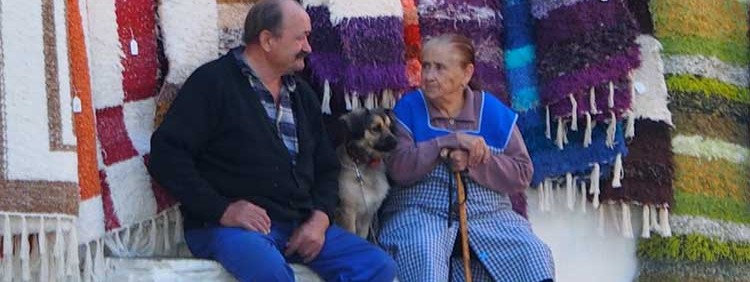Lying between the high peaks of the Sierra Nevada range and the shores of the Mediterranean is a mountainous region called “La Alpujarra”, which until relatively recent times was ignored by tourists and whose inhabitants lived in an isolation perhaps best summed up as “a land known only unto its sons” by 19th century travel writer Pedro Antonio de Alarcón. Even in much of the 20th century the area was still at least two days’ hard journey by mule from the Granada as chronicled in “South From Granada” by British author Gerald Brenan, who established himself in the tiny village of Yegen in the 1920’s. It is only with the advent of the car that the Alpujarra’s charms have been unlocked, charms that were then more recently broadcast to a wider audience by the writings of a current-day successor to Alarcón and Brenan, Chris Stewart. His Alpujarran trilogy, beginning with the best-selling “Driving Over Lemons”, firmly established the region as a must-see destination for the discerning traveler.
The town of Pampaneira greets visitors with a plaque which proudly says “Traveler, welcome, come stay with us”. Many foreigners, arriving in the wake of Chris Stewart, have taken this invitation literally and opened up businesses and put down roots all over the Alpujarra. In the main, the influx of outsiders has been well absorbed by the region and its reserved yet generous people, although there are those who complain that the quintessential character of the Alpujarra has been diluted. Most of the changes visited upon the area in the last thirty years are part and parcel of modern life – not even a remote corner like this is immune from those – but most would say that the changes have generally been positive.
Once burdened by poverty and emigration, the villages of the Alpujarra now have a better chance of providing jobs for their youth thanks to the opportunities afforded by tourism, and improved transport links enable products like wines and foodstuffs to be sold on a wider market. True enough, the local crafts – mostly textiles and ceramics — cling on precariously in the face of stiff competition from cheap, mass-made souvenirs, and there are environmental concerns about the impact of construction on precious local resources, but the new life that tourism has breathed into the area has largely been motivated by a respect for the essence of the Alpujarra. The uplifting landscapes and almost spiritual quality that permeates many corners of the region, such as the Buddhist centre Osel Ling, which commands almost Tibetan heights over the Poqueira Ravine, is reflected in the number of “new age” concerns offering yoga, aromatherapy, personal development courses and the like.
These are pursuits that encourage one to unwind, enjoy the solitude that the mountains offer – in short, take your time. But, if your time is already taken, and your experience of the Alpujarra is likely to be limited to just a few days, several of our Sample Itineraries visit the region and offer guided and self-guided hikes that take you into its most attractive corners.
